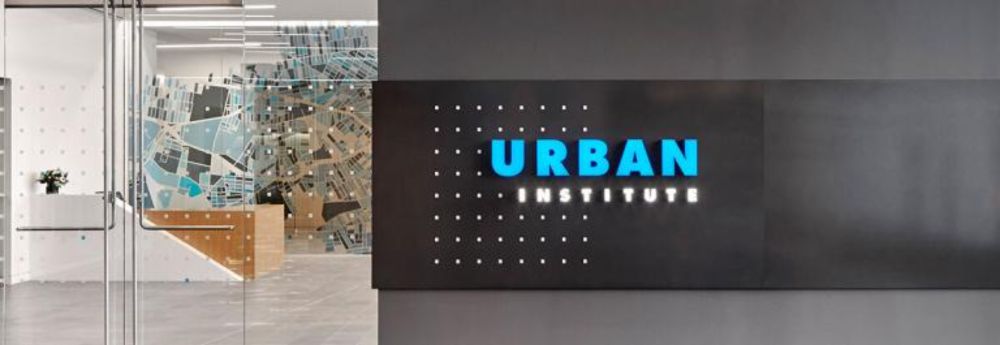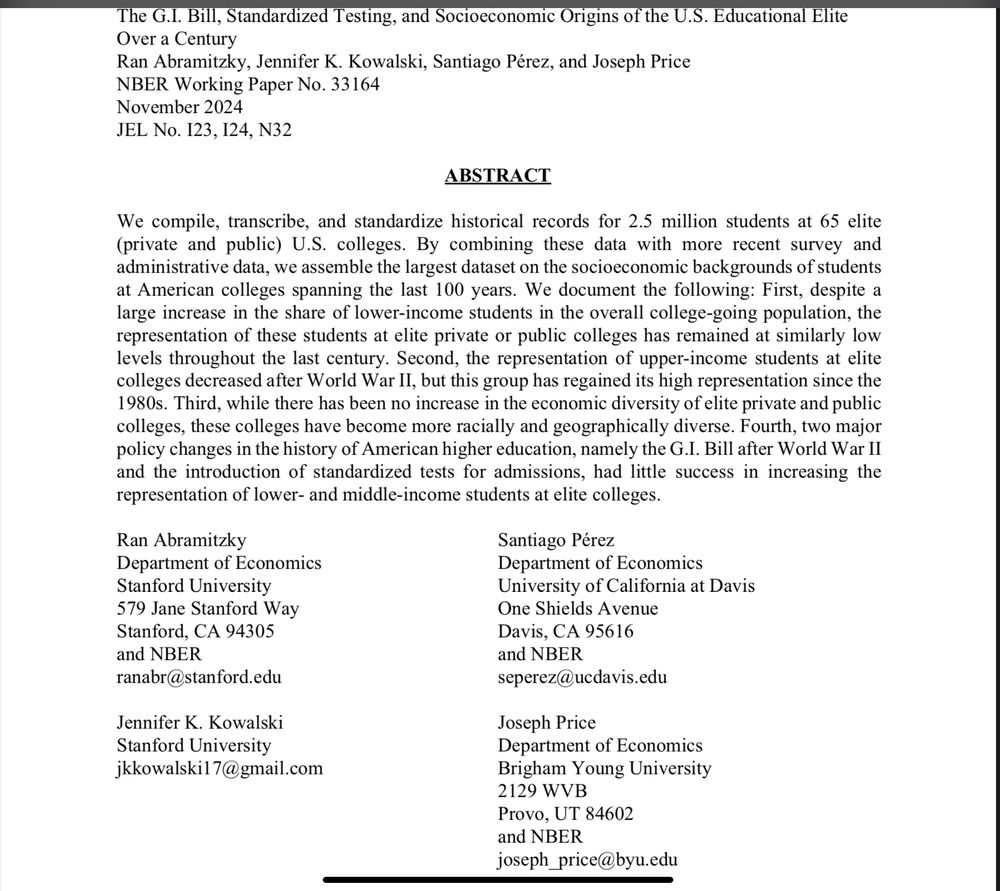Associate Professor, HDFS, Ohio State. Early education, policy, and poverty.
Reposted by Kelly M. Purtell
Reposted by Kelly M. Purtell
Reposted by Kelly M. Purtell
Reposted by Kelly M. Purtell
Reposted by Kelly M. Purtell, Eric Dearing
Reposted by Kelly M. Purtell
Reposted by Kelly M. Purtell
Reposted by Kelly M. Purtell
Reposted by Kelly M. Purtell
Reposted by Mila Gascó‐Hernández, Kelly M. Purtell
Reposted by Kelly M. Purtell

Reposted by Kelly M. Purtell, Christina Weiland

Reposted by Kelly M. Purtell, Gill Wyness, Anton Grau Larsen
Reposted by Kelly M. Purtell, Susan Patrick
Reposted by Kelly M. Purtell, Susan Patrick
Reposted by Kelly M. Purtell
Reposted by Kelly M. Purtell
Reposted by Kelly M. Purtell, Christina Weiland









